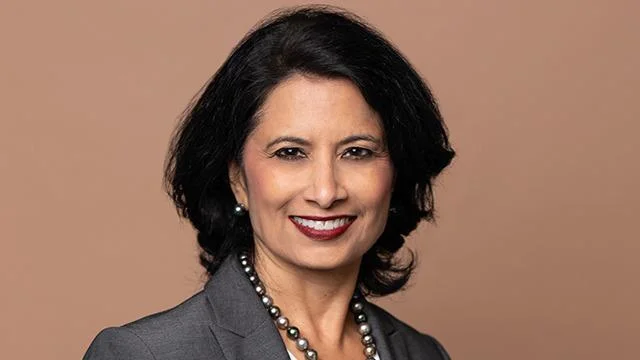Upstream energy companies may soon benefit from advanced technology in identifying oil and gas deposits, thanks to University of Houston Professor Mark Meier. The physics professor at the College of Natural Sciences and Mathematics recently secured first place in UH Technology Bridge’s Innov8 Hub Pitch Day competition. This program encourages students, faculty, and staff to pursue early-stage ventures.
Meier's winning pitch highlighted a technology developed by his startup, Seismonics LLC. This innovation is expected to significantly enhance seismic exploration for upstream companies such as ExxonMobil and ConocoPhillips.
“I’ve always felt there’s a lot of potential for seismic exploration, particularly when it comes to oil and gas exploration,” Meier stated. “It’s always been an ambition in the industry to be able to include lower frequencies in seismic exploration.”
He compared seismic exploration to a sonogram, noting that current technology can only reveal certain earth features. His innovation aims to expand the range of opportunities for these companies.
“My technology can go at least two octaves lower in frequency and that buys you a lot of technical advantage,” he explained. “Low frequencies dissipate much slower and they can go much further into the ground.”
Currently, soundwaves are created by a piston repeatedly pushing on the ground using hydraulics. While this method is sufficient and mobile, its limited range could lead to financial losses from empty wells.
“This technology can lower costs and risks for oil and gas companies,” Meier said.
The new technology requires transportation by truck due to its size. It uses rotating weights instead of pistons, generating lower frequencies that penetrate deeper underground.
“This technology can lower costs and risks for oil and gas companies,” he reiterated. “If you know more about the subsurface, you drill fewer dry wells.”
Meier's interest in developing enhanced seismic tools began during his 18-year tenure as a research specialist at ExxonMobil before joining UH in 2016. There, he worked on small-scale experiments indicating potential success but paused due to cost considerations for full-scale implementation.
“That’s the point where we decided we really wanted broader industry participation in order to make this work,” he noted.
Since then, Meier has refined his technology but faces funding challenges estimated at $2 million needed for building a full-scale concept. He is actively seeking research grants while planning construction over two years once funds are secured.
“We need to get that funding; that’s critical,” he emphasized. “Once we have that, we’ll be able to work with the University of Houston and get this commercialized.”

